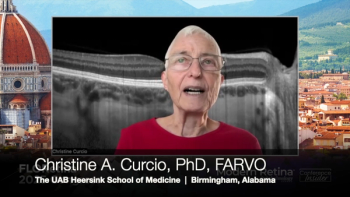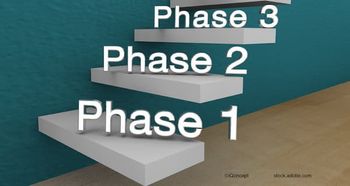
Posterior keratocyte density correlated with ectasia
Posterior keratocyte density measurements could be a means of following eyes with post-LASIK ectasia, according to study results presented at this year's meeting of the American Academy of Ophthalmology (AAO).
Posterior keratocyte density measurements could be a means of following eyes with post-LASIK ectasia, according to study results presented at this year's meeting of the American Academy of Ophthalmology (AAO).
Maria A. Woodward, MD, a third-year ophthalmology resident at Emory University School of Medicine and Emory Vision, Atlanta, US, and colleagues conducted a post-LASIK ectasia keratocyte density study, with the hypothesis that keratocyte density may be diminished focally in the setting of post-LASIK corneal ectasia and that decreased keratocyte density may contribute to the development and progression of ectasia.
In the case-control study, the team performed histopathologic analysis on five corneal specimens with post-LASIK ectasia and five normal post-LASIK specimens, measuring keratocyte density by cell counts per high power field (C/HPF). Those specimens were evaluated with DAPI stain. Confocal microscopic analysis was performed in vivo on five ectatic and five normal eyes during patient evaluations. Analysis was performed by masked observers.
In ectasia cases, there was 49% less posterior keratocyte density by DAPI measurements in the ectatic regions; density was 16 C/HPF in the ectasia cases versus 23 C/HPF in the normal post-LASIK cases. Results of the confocal analysis also showed a statistically significant difference. The ectatic eyes had 30% less posterior keratocyte density than the normal eyes (30 versus 58 C/HPF).
The study investigators concluded that the decreased keratocyte density in the ectatic regions of the posterior stroma may contribute to the development of ectasia.
Newsletter
Get the essential updates shaping the future of pharma manufacturing and compliance—subscribe today to Pharmaceutical Technology and never miss a breakthrough.







































